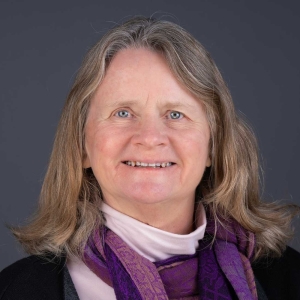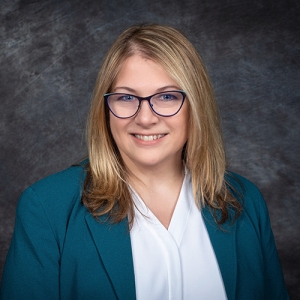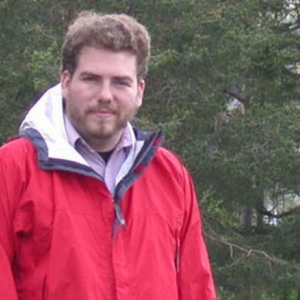Union College faculty researchers have received an award from the National Science Foundation (NSF) Major Research Instrumentation (MRI) Program to acquire a Powder X-Ray Diffraction (PXRD) system. Professor of Chemistry Michael Hagerman is the lead Principal Investigator (PI) on the grant (NSF ID 1828144). The acquisition of a PXRD system with low angle, variable temperature capabilities will enhance the effectiveness and efficiency of ongoing research efforts through increased instrument sensitivity, reduced collection times, a 2D detector and controlled sample environments, and a more modern, more user friendly operating interface.
Research activities that require the use of the PXRD system span the departments of chemistry, geology, mechanical engineering, and physics and astronomy, as well as the interdisciplinary programs of nanoscience and environmental science, policy, and engineering. Prof. Hagerman is joined by co-PIs Samuel Amanuel (associate professor of physics and astronomy), Ann Anderson (Agnus S. MacDonald Professor of Mechanical Engineering), Joanne Kehlbeck (associate professor of chemistry), and Heather Watson (assistant professor of physics and astronomy). Additional faculty engaged in research and educational activities utilizing the PXRD system include Mary Carroll (Dwane W. Crichton Professor of Chemistry), Rebecca Cortez (associate professor of mechanical engineering), Kurt Hollocher (professor of geology), and Matthew Manon (lecturer of geology).
These faculty researchers will investigate major fundamental scientific questions including: (1) How can the photo-efficiencies of thin film solar materials be improved? (2) How can new nanomaterials be used in applications such as protective coatings and nanoelectronics? (3) What role do interfacial molecules play in the phase transitions of nanomaterials? (4) How can better aerogel materials be created to reduce automotive pollution? (5) How can unwanted phase changes occurring in the production and storage of chocolate be minimized? (6) How old is the solar system and what is the composition of the deep Earth? (7) How do hydrothermal systems record volcanic activity?
The research and research training enabled by the acquisition of the PXRD system will strengthen Union’s longstanding commitment to incorporating research as an integral part of the curriculum and will help develop innovative, multidisciplinary research and teaching opportunities. This instrument will be used in at least regularly offered courses, reaching 180-200 students annually — nearly 10% of the student population.





